Which Best Describes the Adaptive Immune System
Adaptive Immunity Adaptive immune cells are more specialized with each adaptive B or T cell bearing unique receptors B-cell receptors BCRs and T-cell receptors TCRs that recognize specific signals rather than general patterns. Figure 1 Antibody structure.

Lesson Explainer Specific Immune Response Antibodies Nagwa
When an antigen is detected by a macrophage as describe above under phagocytosis this causes the T-cells to become activated.

. You develop this when your body is exposed to microbes or chemicals released by microbes. The adaptive immune system works because the immune cells responsible for it are each able to recognize and respond to one specific antigen or a few very similar ones. 3 rows The hallmark of the adaptive immune system is clonal expansion of lymphocytes.
However adaptive immunity is more specific to pathogens and has memory. The five attributes of adaptive immunity are _____. It is the first to respond when it finds an.
In contrast long-term stress suppresses or dysregulates innate and adaptive immune responses by altering the Type 1-Type 2 cytokine balance inducing low-grade chronic inflammation and suppressing numbers trafficking and function of immunoprotective cells. The immune system co-exists with all the cells in the body without attacking them. Chronic stress may also increase susceptibility to some types of cancer by.
This type of immunity is long lasting due to the production of memory cells. Here are the steps in an immune response. It is general and non-specific which means it does not differentiate between types of pathogens.
The innate immune system includes. Up to 24 cash back Non-self cells are classified as foreign and carry markers that identify them as non-self. The myeloid lineage is responsible for the majority of the innate immune response.
The various components of the immune system work together to provide both types of protection. Another type of white blood cell is the macrophage and this works to ingest and destroy foreign substances. The innate immune system.
The innate immune system. These 2 immune systems work together. The second specific response Adaptive immune cells are the second and specific line of defense and they are called to action by the innate immune system.
The adaptive immune system. Explore more fascinating topics by registering at BYJUs Biology. Which cell type forms part of the innate immune system.
With innate immunity having resulted from genetic factors that are there from birth such as intact skin mucous. The development of memory CD8 T cells cells that remember. Immunity refers to the ability of your immune system to defend against infection and disease.
The innate immune system is essentially made up of barriers that aim to keep viruses bacteria parasites and other foreign particles out of your body or limit their ability to spread and move throughout the body. The efficacy of vaccines depends on strong long-term development of immune memory. There are two types of immunity that the adaptive immune system provides and they are dependent on the functions of B and T cells as described above.
Specificity Inducibility Clonality Unresponsiveness To. White blood cells circulate in the blood and are produced when the immune system perceives a foreign body and instructs the cells to eliminate it thereby. The structure is known as the Ig domain or fold and proteins that contain such a domain are members of the immunoglobulin superfamily.
Such as skin the gastrointestinal tract the respiratory tract the. Adaptive immunity is an immunity that occurs after exposure to an antigen either from a pathogen or a vaccination. This is shown through the diagram below.
Up to 24 cash back The third line of defense is part of the specific immune response and it can either be cell mediated or humoural. Lymphocytes are a type of white blood cell and play a strong role in the bodys defense system. Members of the chemokine superfamily are crucially involved in both innate and adaptive responses.
Adaptive immunity is a type of immunity that is built up as we are exposed to diseases or get vaccinated. The adaptive or acquired immune response takes days or even weeks to become establishedmuch longer than the innate response. The adaptive immune response is antigen-specific and requires the recognition of specific non-self antigens during a process called antigen presentation.
The immune system must distinguish between self and non-self cells so that they are able to identify cells belonging to the body and foreign cells that need to be attacked. Which best describes the adaptive immune system. The adaptive immune system is made up of.
The adaptive immune system evolved in early vertebrates and allows for a stronger immune response as well as immunological memory where each pathogen is remembered by a signature antigen. The Adaptive immune system reacts first to the presence of a pathogen within the body. You are born with this.
The adaptive immune system. The adaptive immune responses depends on the function of two types of lymphocytes called B cells and T cells. Most antigens are proteins that serve as the stimulus to produce an immune response.
Adaptive Immunity Humoral and Cellular Immunity There are two main mechanisms of immunity within the adaptive immune system humoral and. Humoral immunity is immunity from serum antibodies produced by plasma cells. This is your childs rapid response system.
A type of white blood cell the CD8 T cell is especially good at killing infected cells. After recognizing the invader the cells can multiply and combat it leading to recovery from disease and protection against its return. Another type of adaptive immunity is passive immunity.
The globular Ig structure is a widely adapted template that is used by many molecules both inside and outside the immune system. The Cells of the Immune System. A series of cells derived from the bone marrow which respond in an epitope specific manner to foreign invaders.
It is also called acquired immunity for that reason. The term antigen comes from ANTI-body GENerating substances. Passive immunity occurs when an organism receives external antibodies that protect against a disease.
There are 2 main parts of the immune system. T lymphocytes in the tissue between the bodys cells B lymphocytes also found in the tissue between the bodys cells Antibodies in the blood and other bodily fluids. The above description of adaptive immunity describes active immunity which is the immunity that occurs following pathogen exposure.
The adaptive immune response which provides long-lasting protection takes days to develop and requires somatic mutations leading to the development of antigen-specific T cell receptors cell-mediated immunity and immunoglobulins humoral immunity. Each receptor recognizes an antigen which is simply any molecule that may bind to a BCR or TCR. In adaptive immunity activated T and B cells whose surface binding sites are specific to the.
The immune system has the ability to recognize bacteria and viruses it has encountered in vaccines. The adaptive immune system targets specific threats and learns how to launch precise responses against viruses or bacteria with which the body has already come into contact.
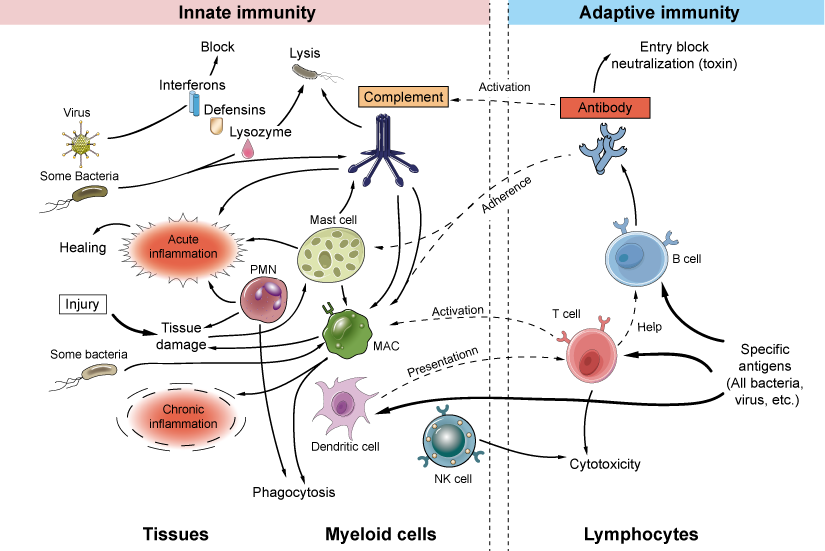
Innate And Adaptive Immune Mechanisms Creative Diagnostics

Roles Of Innate And Adaptive Immune System In Sepsis Pathophysiology Download Scientific Diagram

Lesson Explainer Primary And Secondary Immune Responses Nagwa

Lesson Explainer Specific Immune Response Cell Mediated Nagwa

Adaptive Immunity Immune Response Article Khan Academy

Innate Vs Adaptive Immunity Technology Networks
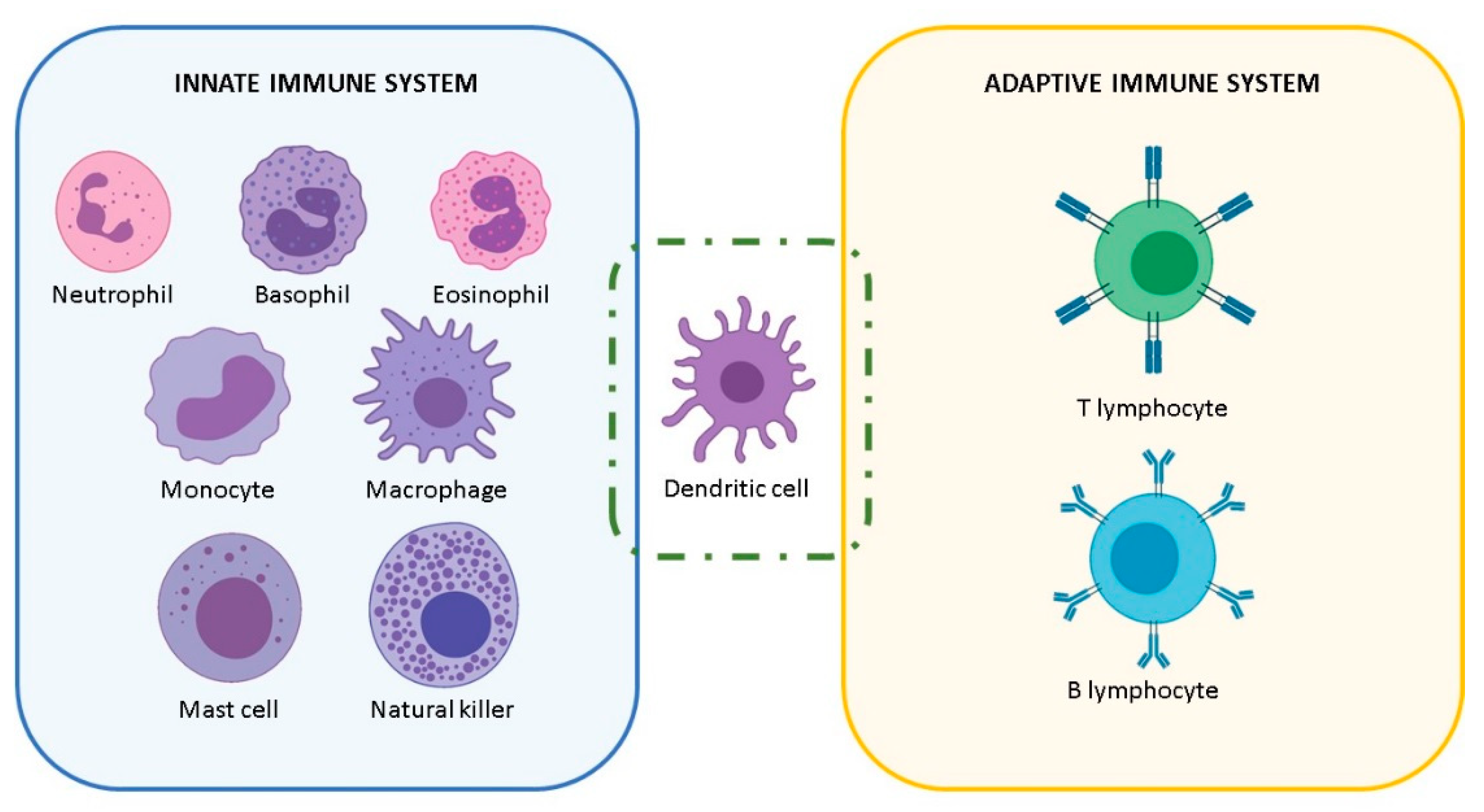
Nanomaterials Free Full Text The Interactions Between Nanoparticles And The Innate Immune System From A Nanotechnologist Perspective Html

Adaptive Immunity Boundless Anatomy And Physiology
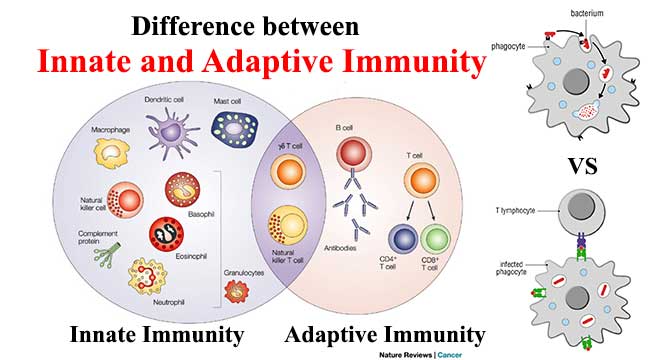
Difference Between Innate And Adaptive Immunity

Lesson Explainer Primary And Secondary Immune Responses Nagwa
23 2 Adaptive Immune Response Concepts Of Biology 1st Canadian Edition

Adaptive Immunity Immune Response Article Khan Academy

The Immune System Innate Defenses And Adaptive Defenses Youtube
23 2 Adaptive Immune Response Concepts Of Biology 1st Canadian Edition
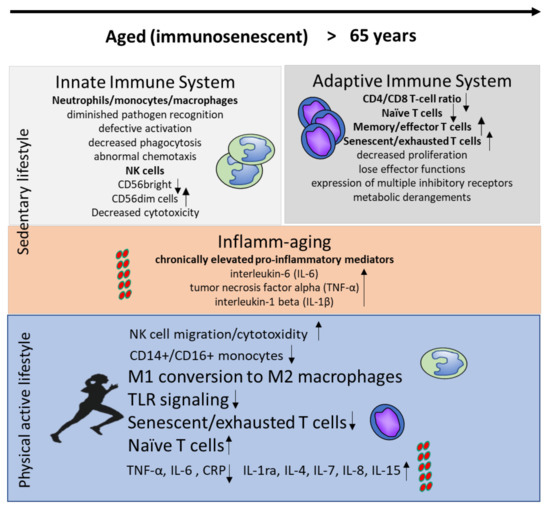
Nutrients Free Full Text Physical Activity And Diet Shape The Immune System During Aging Html

Lesson Explainer Primary And Secondary Immune Responses Nagwa
12 3 Adaptive Immunity Concepts Of Biology 1st Canadian Edition
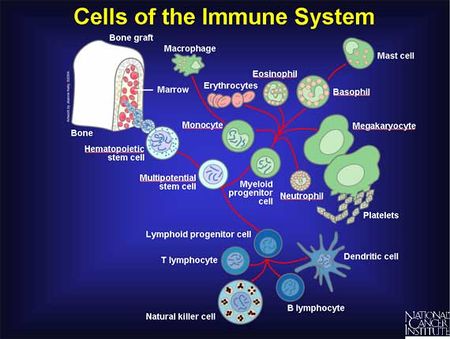
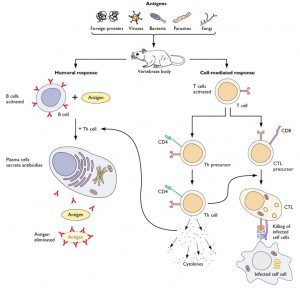
Comments
Post a Comment